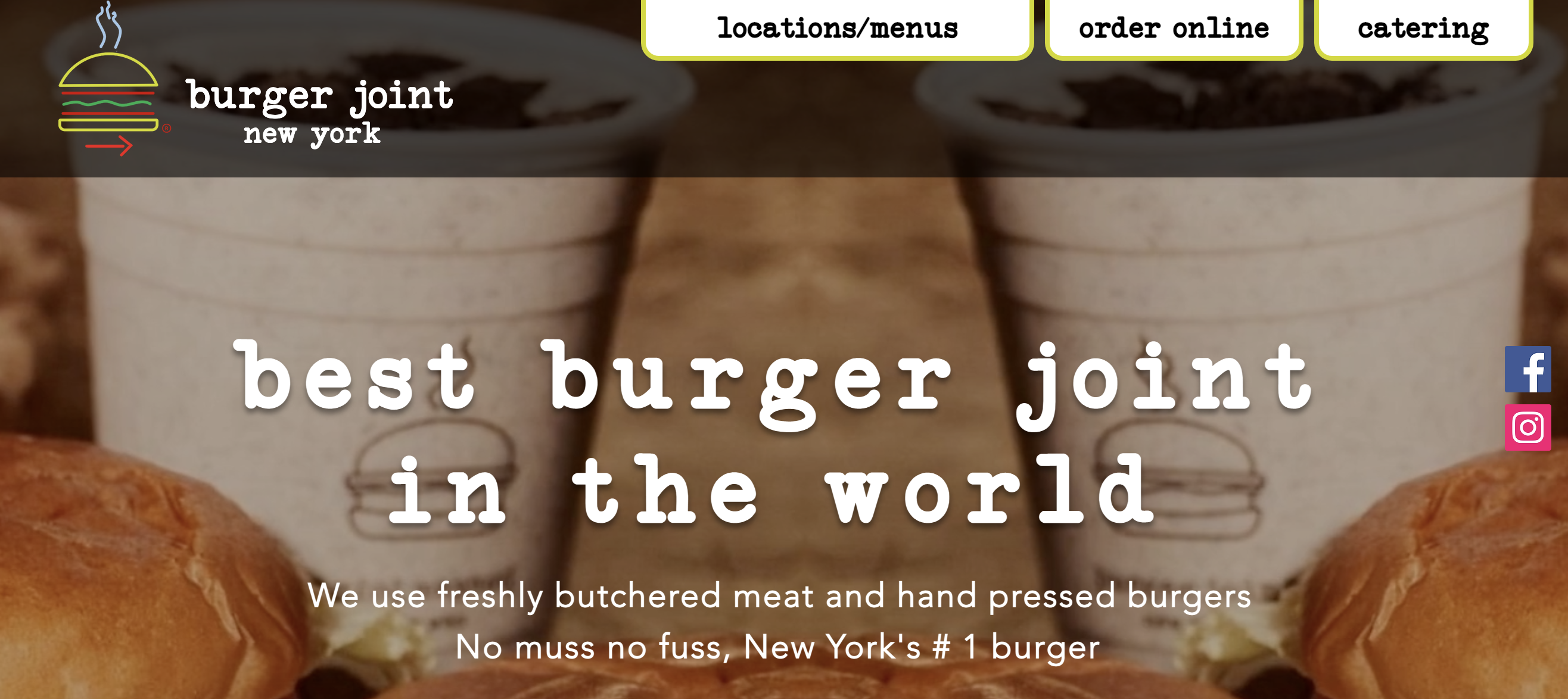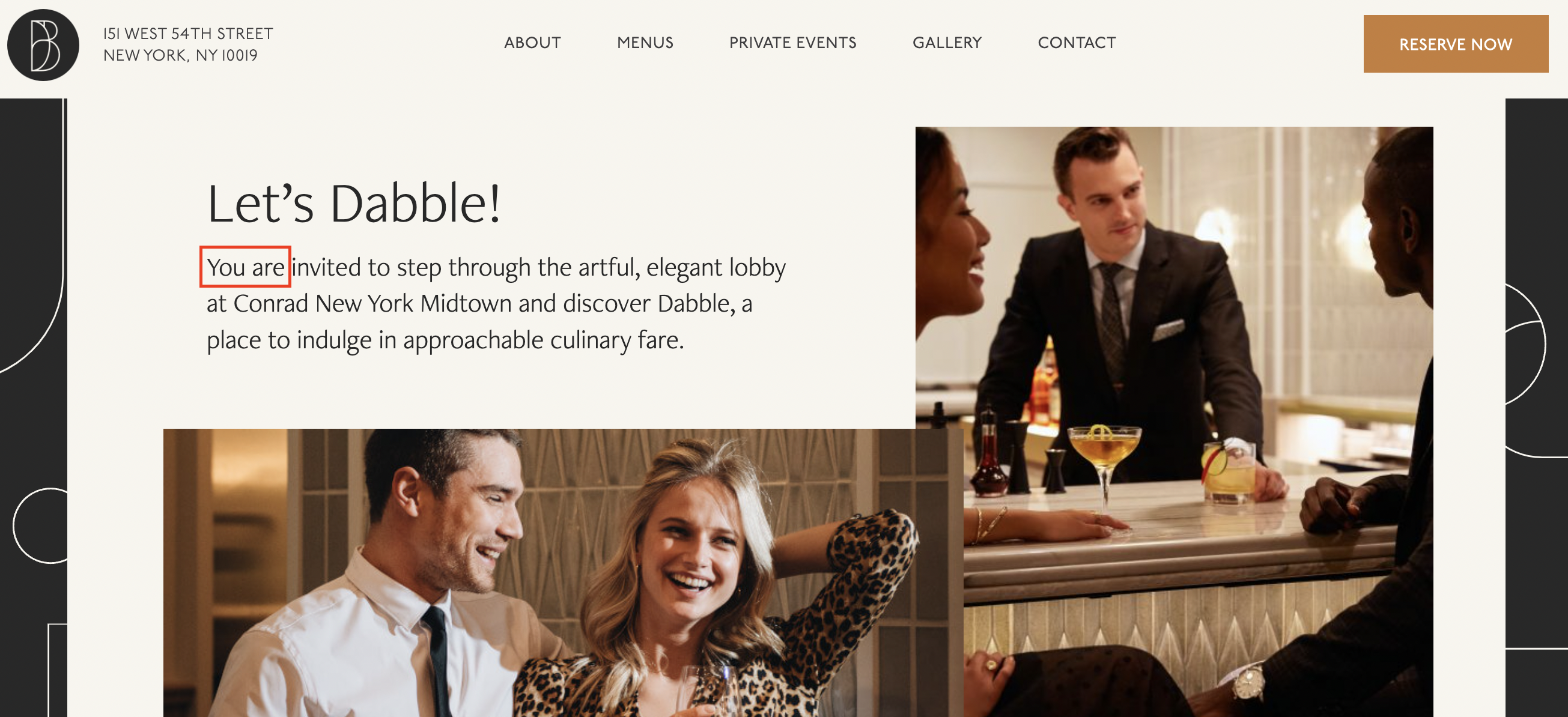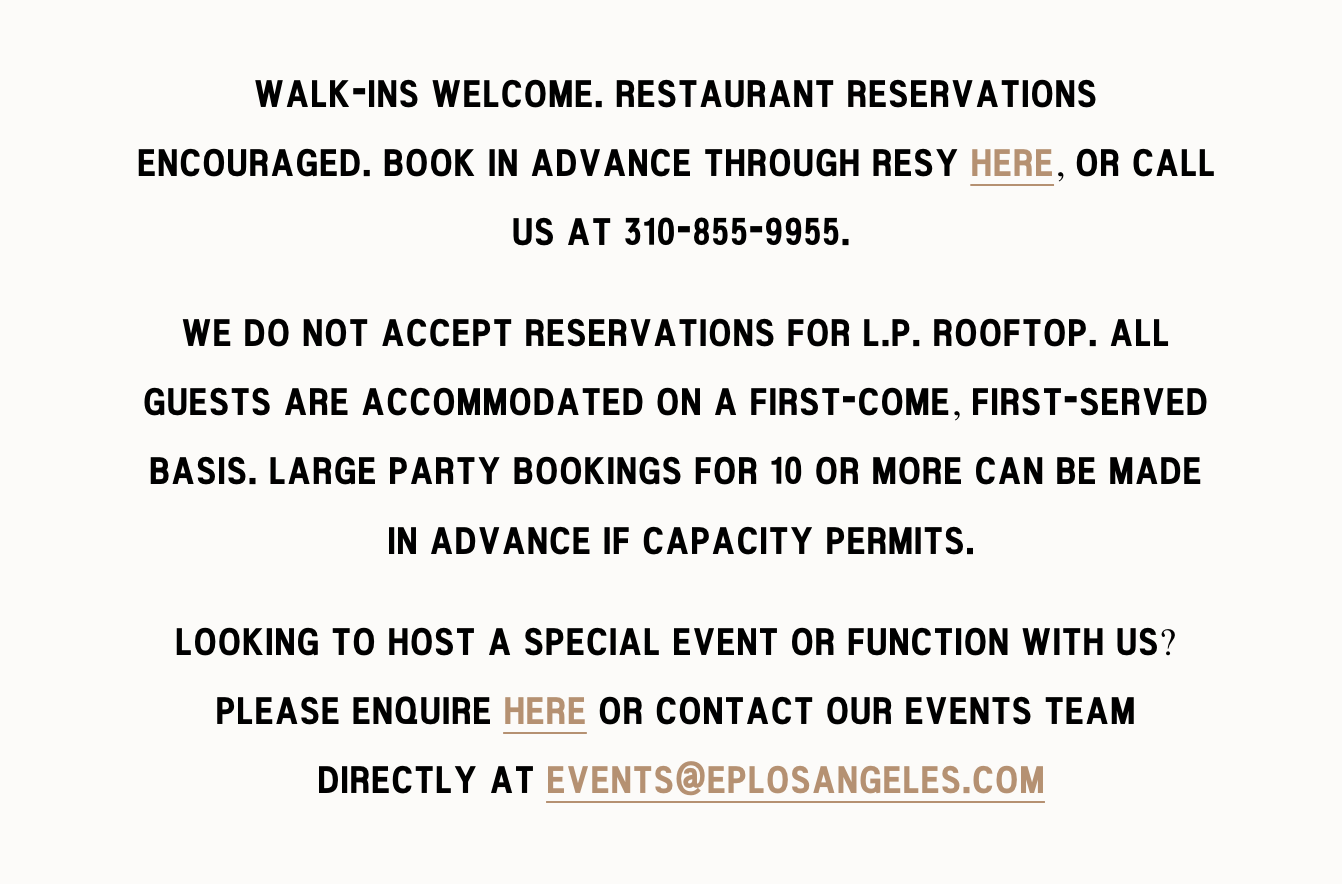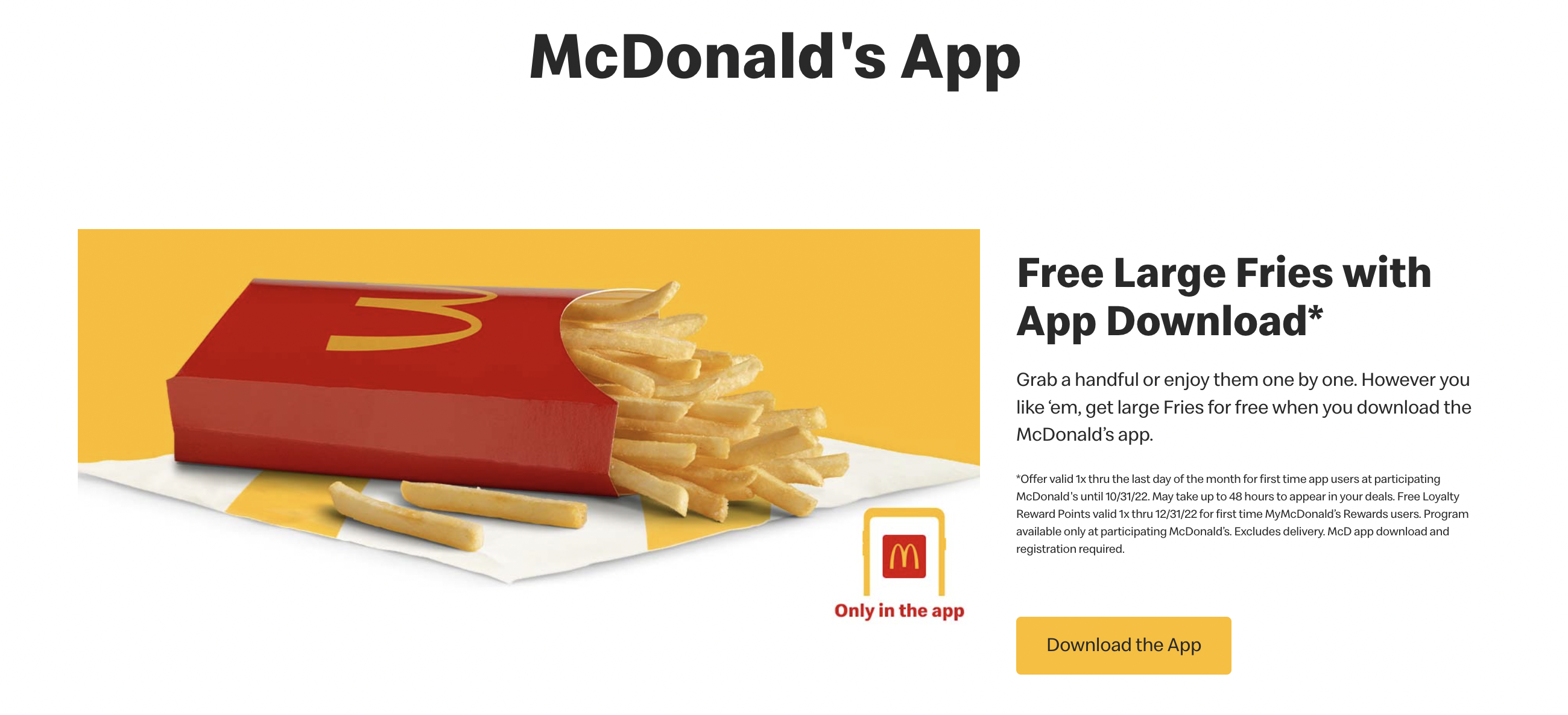
9 Copywriting Tips and Examples to Use On Your Restaurant Website
Last update: 21 March 2024 at 11:07 am
If you’re a business owner, you’ve likely thought about how to get more customers in the door. You may have even come up with some ideas for how to do just that.
But when it comes down to writing the copy on your website or social media pages, things can get a little tricky.
How do you explain what makes your restaurant special without sounding like an overhyped salesperson? The answer is simple: following these 9 restaurant copywriting tips and examples.
Key Takeaways
- Craft Catchy Headlines: Grab attention with concise, relevant headlines like “Best Burgers in Town” for Burger Joint.
- Use Personal Language: Connect with readers using first-person language to make them feel involved, like “Welcome to Dabble.”
- Highlight Social Proof: Showcase positive reviews and testimonials to build credibility, such as “Loved by customers on Yelp: Girl and the Goat.”
- Optimise for Mobile: Ensure your website is mobile-friendly for easy access and navigation, like McDonald’s convenient ordering app.
What Exactly Does a Food Copywriter Do?
A food copywriter is a writer who has expertise in writing content that describes the taste and quality of foods, as well as writing content that focuses on the selling point of the restaurant.
A restaurant copywriter is often responsible for writing menu descriptions, recipes, and other marketing materials related to food preparation, processing, and serving.
Food copywriting is content for websites and social media sites about specific types of foods, a restaurant’s dishes, and how they taste.
The content may be about how to prepare food or where to find specific ingredients. It may also be about historical facts regarding specific kinds of dishes.
Unlike more traditional types of copywriting, a restaurant copywriter must be able to use the right words to write engaging and fascinating text but also ensure that it’s easy to read, understand, navigate, and optimise search engines to grow traffic. A food writer can create web copy that entices clients.
9 Restaurant Copywriting Tips and Examples
Write a strong headline
You can’t just write any old headline and hope for it to convert. A headline must grab attention, convey the most critical information, and make potential customers want to click on your page.
What makes a successful restaurant website headline:
- It needs to be catchy.
- It needs to be relevant to your audience.
- It needs to be short
If you’re writing a blog post about how your restaurant uses locally sourced ingredients in its dishes, don’t lead with “Our burgers are awesome!” Instead, use something like “The best burgers in town.”
Burger joint New York claims to be the #1 burger in New York and uses it on its homepage to attract customers.

That way, people who care about where their food comes from will know they’re reading something useful; those who don’t care about that can read the next paragraph instead!
Don’t make your headline more than ten words long, and ideally under seven. If your visitors see too many words on a page before they’ve made up their mind whether they want anything from there, they’ll move on to another site without ever revisiting yours.
All of these tips are also great for your restaurant SEO and for your website to appear on the first page of the SERPs.
Use first person
Just like talking to a friend, it’s always best to use the first person in your copy. This can be a very effective way of getting your reader to connect with you and feel like they’re part of the conversation.

It’s also great to make them feel more comfortable by putting them in control. This is because it makes your copy sound more personal, making readers feel like they’re being spoken to directly.
It’s also easier for them to connect with your brand if they feel they’re conversing with you.
Looking |
Discover the most relevant agencies for your project based on your own specific requirements.
Find an agency!Write with an active voice
When writing a restaurant website, it’s essential to use an active voice. This means using words that are more direct, engaging, and concise. The reader will also be more likely to share or be persuaded by your copy if it’s written in an active voice.

It’s also important to remember that when writing for the web, people skim before they read, so you have less time than ever to get your message across.
Tell customers about you
Use your restaurant’s story to attract more customers. A great way to share your restaurant’s story is by showcasing the faces and personalities involved in your restaurant.
You can do this by using photos of the people who work there and photos of the chefs and the restaurant owner.

Photos will help customers connect more with what you offer, especially if they’re familiar with them already. This type of content also helps build authenticity around what you do and why you do it, which is crucial when trying to attract new customers through word-of-mouth marketing channels like social media or review sites like Yelp!
Include social proof and customer reviews
Social proof is a powerful tool that can help you build trust and credibility with your audience. It shows them that other people have had positive experiences with your business, encouraging customers to buy from you too.
You can use social proof in many different places on your website, including:
- Customer reviews – This is the obvious choice for social proof, but if you have a small number of reviews, it might not be enough to give off a lot of confidence. Potential customers are more likely to visit your restaurant if they read positive reviews. So make sure to encourage customers to write online reviews on restaurant review sites.
- Testimonials – These are similar to customer reviews but focus on highlighting individual customers who provide feedback about their experience working with you. They’re great because they offer specific examples rather than just general statements like “Loved my experience,” which may or may not be true depending on how happy they were.
Restaurant review sites claim your listings on sites like Yelp. Yelp is the most well-known website for restaurant reviews. One of the best forms of promotion you can have is having good reviews about you on restaurant review sites. Even if you do not have an account with Yelp, customers will still be able to write a review about your restaurant on it.

The great thing about testimonials and reviews is that you are benefitting from free restaurant advertising. Most people visit restaurants based on recommendations and reviews, so make the most of this tool.
Make the most of your blog posts to enhance search engine optimization.
The best restaurant or bar websites use their blogs to post new content regularly. This not only helps you build your brand and create an online community, but it also helps improve search engine rankings.
The more people who link to your site, the more likely Google and other search engines will see your business as relevant and vital within its niche. So make sure you’re sharing valuable content with potential customers on your restaurant blog.

Also, optimise for local SEO. Make sure you include your business address, phone number, and website address on the homepage. You should also include your hours of operation, contact information, social media links, and business category for local search.
Looking |
Discover the most relevant agencies for your project based on your own specific requirements.
Find an agency!Optimise for mobile
You can do this by making sure your website is responsive. This means that it adjusts to the device’s size, whether it’s a desktop computer or mobile phone.
Another way to optimise for mobile devices is using an app instead of a website on your phone. There’s no need to search through hundreds of pages when all the essential information can be found in one place.

Using apps has been proven effective. Many people prefer downloading apps over visiting websites because they find them more accessible than typing long URLs into their browser or scrolling through dozens of pages on their small screen where everything looks messy.
Make sure your menu is up-to-date.
The most important thing is to ensure that your restaurant menu is up-to-date and use proper menu descriptions. If something changes, update the menu.
For example, if you change the price of a dish or add a new dish, make sure you update the menu, so everyone knows what’s being served at your restaurant. Also, make sure to describe your menu items and point out your tastiest dishes to entice customers to want to order them. A diverse range of food options on your menu is also a good idea.
You can easily redirect customers to your restaurant’s social media pages to look out for daily specials or events happening soon.
Sell your ambiance and vibe, not just your food.
Restaurant copywriting is about selling your restaurant’s atmosphere, vibe, and ambiance. The best form of writing for a restaurant website is by considering the form of copywriting.
It’s not just about selling food. It’s also about selling the experience you’re going to have in the restaurant. The goal of your copy should be to make people want to visit, so sell them on the ambiance and vibe of your place and not just what they’ll eat.
Essentials of Restaurant Copywriting
On top of these tips and examples we have just looked at, keep these essentials in mind when writing any restaurant website copy:
- Use a conversational tone. Try using the exact words and style people use when talking among themselves. Your readers should be able to relate to your content easily.
- Be clear and concise. Don’t use too many words to say what you want. Keep everything simple so as not to confuse them with jargon or technical terms they may not understand.
- Explain what makes you different from others. It is essential for customers who are looking for something new and different from other restaurants out there. You need something unique so they’ll make an effort to visit your place despite being already familiarised with similar concepts elsewhere, e.g., fast food chains.
What Are the Seven Elements of Copywriting That Drive Sales?
If you want to write copy that drives sales, there are seven key elements to consider.
- Know precisely what you are selling. If the reader doesn’t understand your product, they can’t buy it.
- Know your audience and write for them, not for yourself.
- Write compelling headlines that get people’s attention and make them want more information from you!
- Use bullet points at the end of each paragraph, so readers can quickly scan through your website without getting bored or confused by too much text on one page.
- Limit choices, so they feel safe making a decision, but don’t limit their options too much because this could lead them away instead of purchasing something from you.
- Risk reversal means offering something back in return, like a money-back guarantee.
Conclusion
Getting more customers through the door, whether their first time visiting you or regular customers, is all about good marketing that shows off what makes your restaurant unique.
Remember, your restaurant’s website copy should be the first place people visit when they want to learn more about your menu, location, or hours of operation.
Make it easy for them by including all this information on one page and links to social media pages where they can share their experience with friends and family. It’s also important not to overwhelm visitors with too much text or copy. Just like any other content, it should be concise and easy enough for anyone to read.
Make sure to include a call-to-action at the end of your restaurant’s website so that visitors know precisely what they need to do next. Don’t forget to add photos of your food and restaurant and videos that show customers what they can expect when they visit. This will help build trust with potential customers, which makes them more likely to make a purchase or reservation with you in the future. Finally, don’t forget what brought people here in the first place: great food & drinks.






